Optimal Timing for Concrete Paint Removal
Choosing the optimal time for concrete paint removals depends on various factors such as weather conditions, temperature, and humidity. Performing removals during moderate temperatures ensures the effectiveness of removal methods and reduces the risk of damage to the concrete surface. Typically, late spring through early fall offers the most suitable conditions for these activities.
Environmental conditions significantly influence the success of paint removal processes. High humidity or extreme cold can hinder chemical reactions or drying times, leading to incomplete removal or surface issues. Therefore, scheduling removals during periods with stable, mild weather is recommended for optimal results.
Ideal temperatures for concrete paint removal range between 50°F and 85°F, ensuring chemical agents work effectively and surfaces dry properly.
Avoid performing removals during rain, snow, or high humidity to prevent delays and surface damage.
Spring and fall are generally preferred due to moderate weather, reducing complications during removal.
Timing also impacts preparation; dry, stable conditions facilitate better adhesion of removal products.
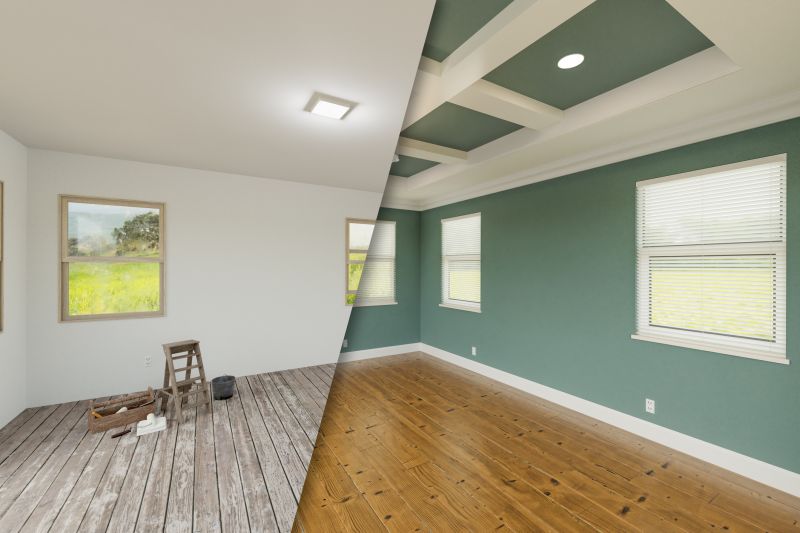
Ways to make Concrete Paint Removals work in tight or awkward layouts.
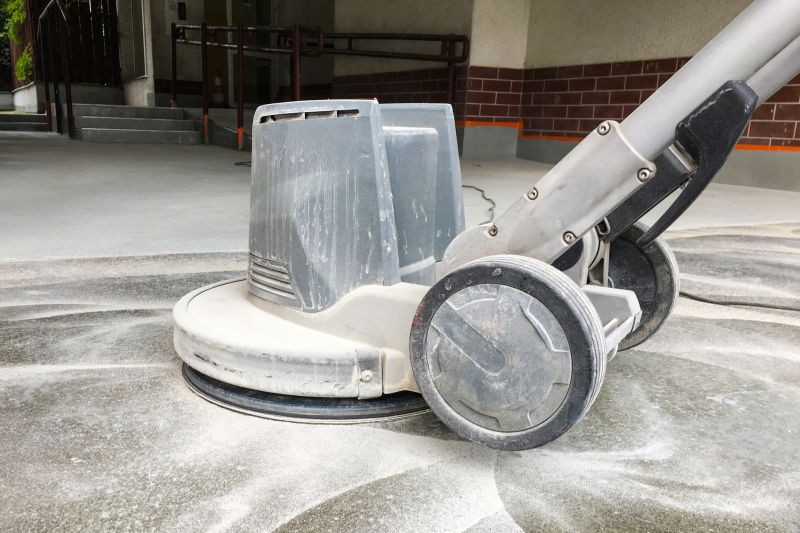
Popular materials for Concrete Paint Removals and why they hold up over time.
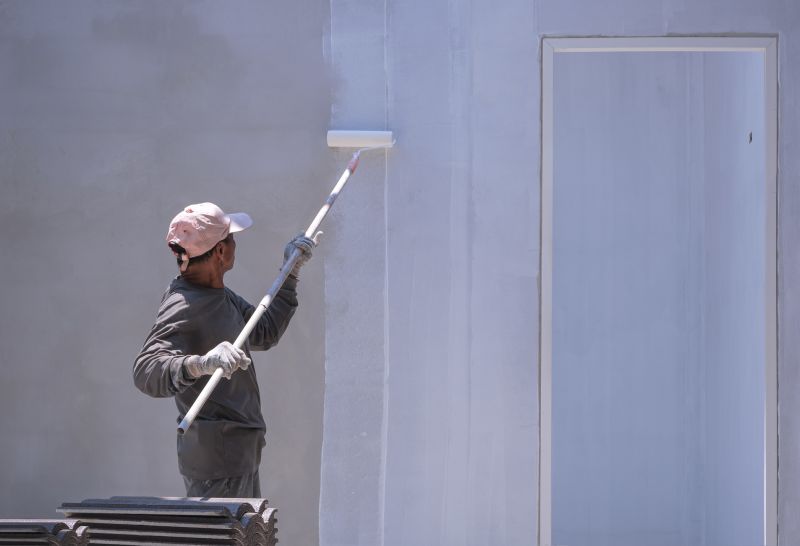
Simple add-ons that improve Concrete Paint Removals without blowing the budget.
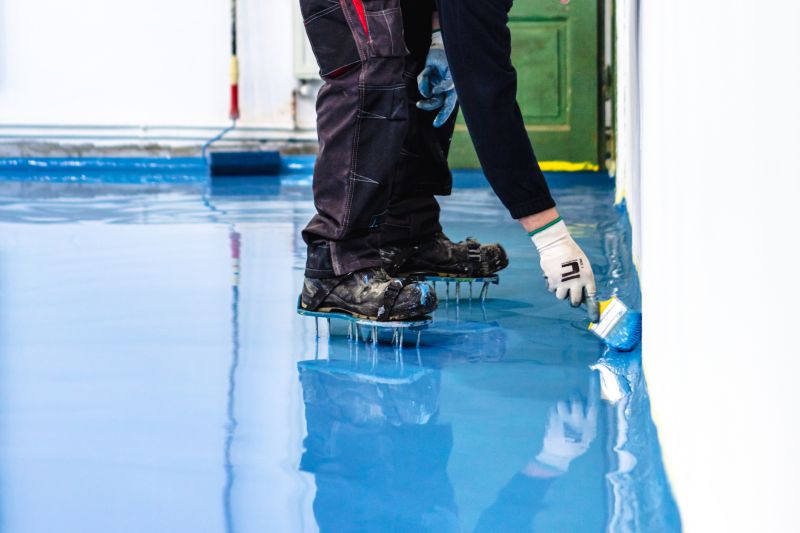
High-end options that actually feel worth it for Concrete Paint Removals.
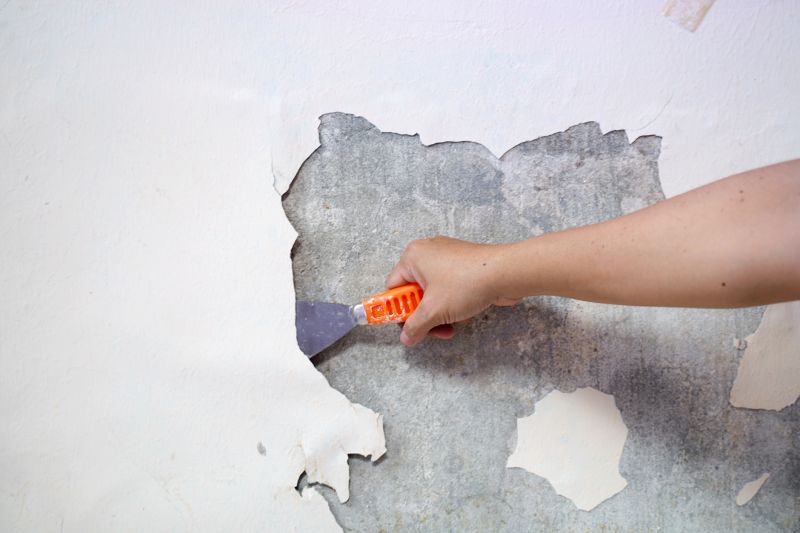
Finishes and colors that play nicely with Concrete Paint Removals.
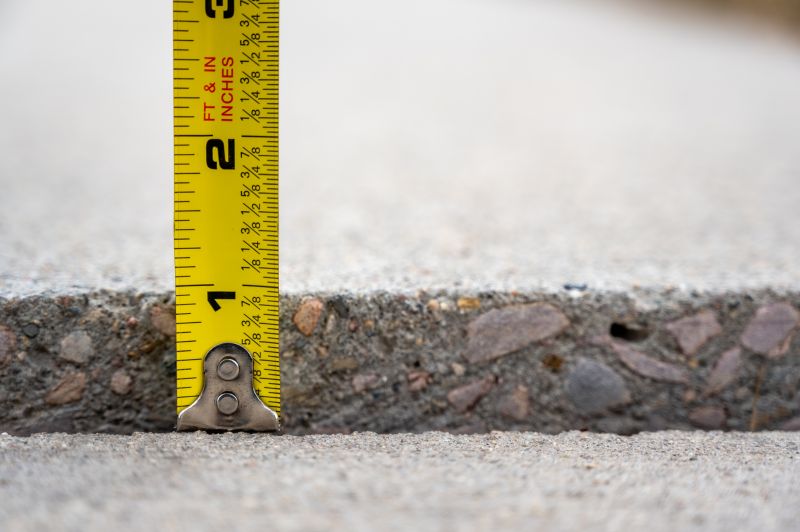
Little measurements that prevent headaches on Concrete Paint Removals day.
Concrete paint removals involve specialized techniques and products designed to strip away old coatings without damaging the underlying surface. The process can include chemical stripping, abrasive blasting, or heat application, each suited to different types of paint and surface conditions. Proper timing enhances the efficiency of these methods and ensures a smooth, clean surface ready for new applications or repairs.
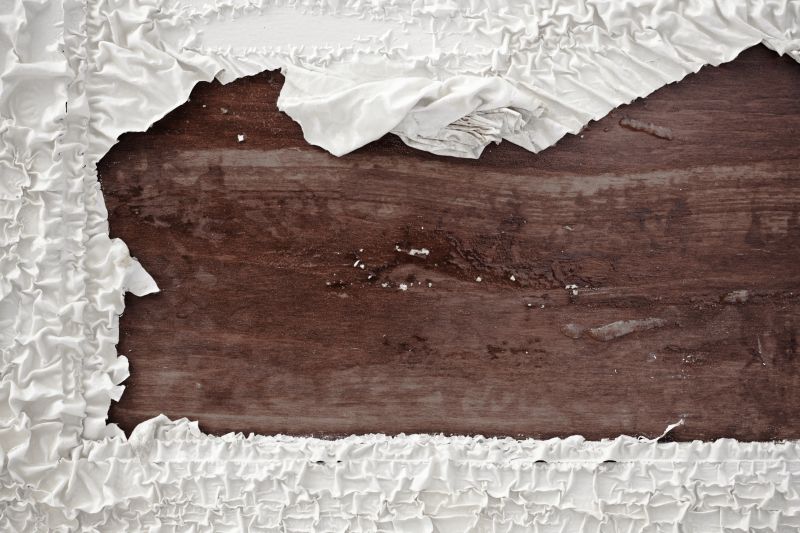
A 60-second routine that keeps Concrete Paint Removals looking new.
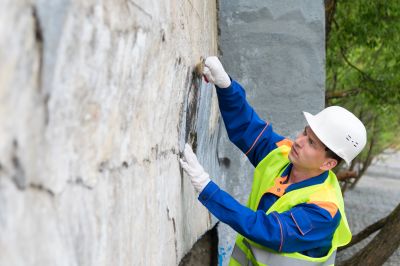
A frequent mistake in Concrete Paint Removals and how to dodge it.
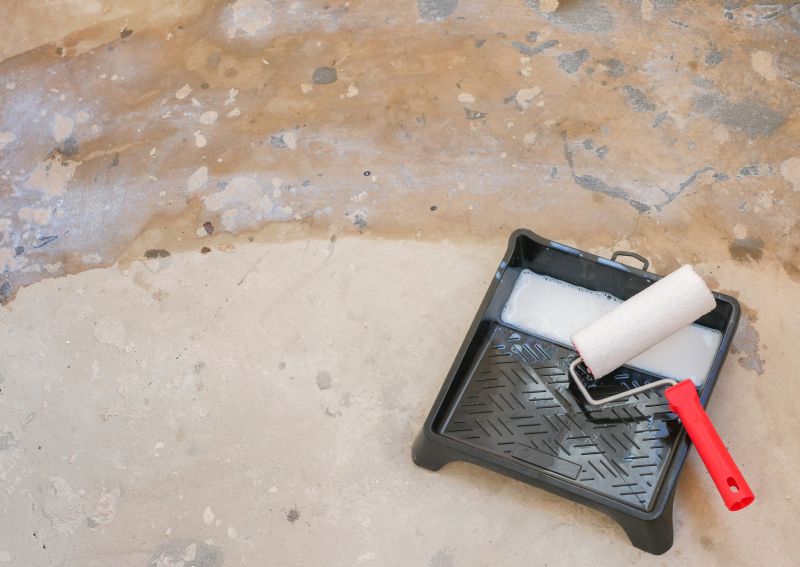
Small tweaks to make Concrete Paint Removals safer and easier to use.
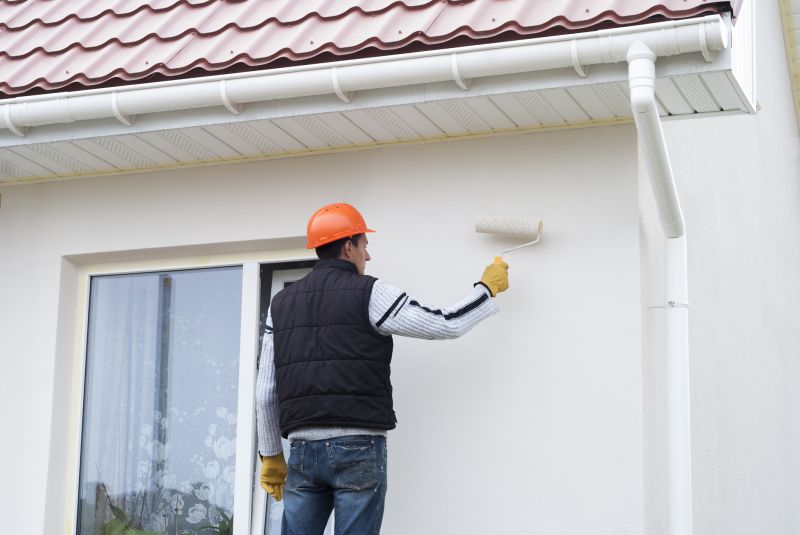
Lower-waste or water-saving choices for Concrete Paint Removals.
| Factor | Impact on Removal Timing |
|---|---|
| Temperature | Optimal between 50°F and 85°F for chemical effectiveness. |
| Humidity | High humidity can slow drying and chemical reactions. |
| Precipitation | Rain or snow should be avoided during removal. |
| Season | Spring and fall offer the most stable weather conditions. |
| Surface Moisture | Dry surfaces are necessary for proper adhesion of removal products. |
| Daylight Hours | Longer days in spring and summer facilitate scheduling. |
| Wind | High winds can interfere with chemical application and safety. |
Scheduling concrete paint removals during favorable weather conditions ensures higher efficiency, better surface results, and reduced risks of complications. Proper timing allows for thorough preparation and application of removal methods, leading to a cleaner, more durable surface suitable for subsequent treatments or coatings.
Interested in performing concrete paint removals at the right time? Filling out the contact form can provide guidance tailored to specific project conditions and timing considerations.
